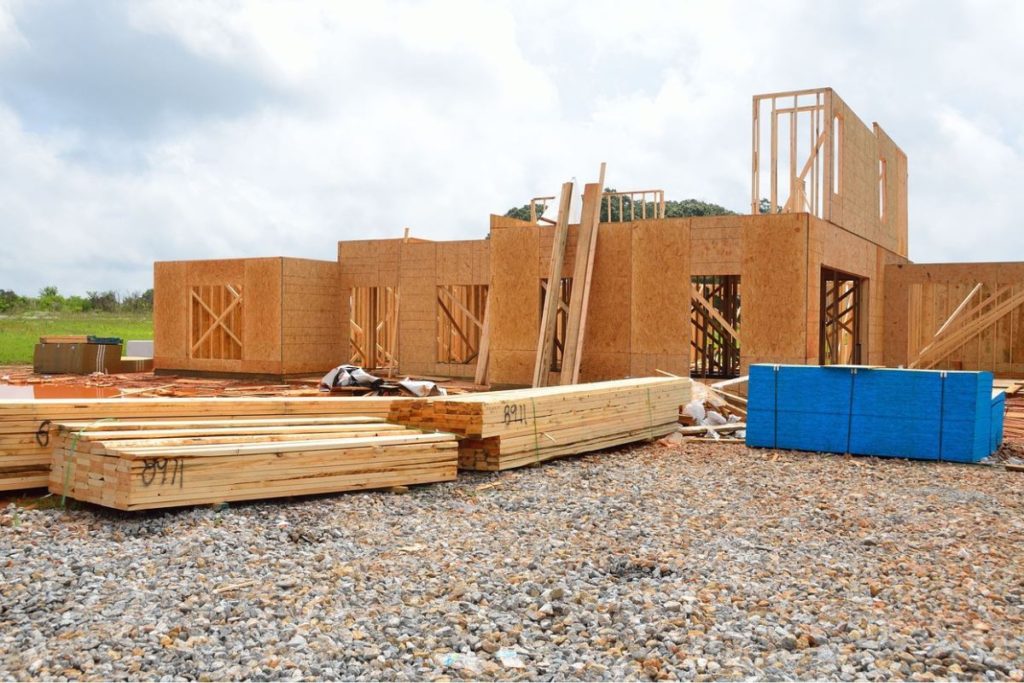The construction industry is a complex sector involving numerous stakeholders, substantial financial investments, and significant risks. Whether you’re a project owner, contractor, or subcontractor, ensuring that work proceeds smoothly and according to plan is crucial. This is where surety bonds come into play. This comprehensive guide will delve into the world of surety bonds, how they work, and their pivotal role in construction projects.
Understanding the Basics of Surety Bonds
Before diving into the specifics of how surety bonds work in construction. In this case, explore the internet to find SwiftBonds.com, where you can gain insights into surety bonds and their role in construction projects. It offers a wealth of information and resources to help you navigate the complexities of surety bonds, understand the different types of bonds, and make informed decisions to protect your interests in the construction industry. Simply put, a surety bond is a three-party agreement that provides financial protection and ensures contract performance between the obligee, the principal, and the guarantor. The three primary parties in a surety bond arrangement include the obligee, the principal, and the surety company.
Obligee: The obligee is the party that requires the bond and is typically the project owner. The obligee wants assurance the principle fulfills the contractual obligations. The obligee relies on the surety bond to safeguard against potential financial losses or project delays caused by the contractor’s failure to meet their commitments.
Principal: The principal is the contractor or subcontractor responsible for performing the work outlined in the contract. They obtain the bond to demonstrate their commitment to fulfilling the contract’s terms. By getting a surety bond, the principal demonstrates commitment and provides peace of mind to the obligee, assuring them of a financial safety net in case the contractor doesn’t meet their obligations.
Surety Company: The surety company is a third party that provides the bond. They act as a financial guarantee that the principal will meet their contractual obligations. If the principal fails, the surety company will fulfill those obligations up to the bond’s penal sum (the bond amount).
Types of Surety Bonds in Construction
In the construction industry, several types of surety bonds are commonly used. The two primary categories are:
Bid Bonds: Bid bonds are submitted by contractors as part of the bidding process. They guarantee that the contractor will enter into the project’s contract. If the contractor backs out or fails to honor the bid, the obligee may claim compensation from the bond, typically a percentage of the bid amount.
Performance and Payment Bonds: Performance and payment bonds are often required when a contractor is awarded a construction contract.
Performance Bond: This bond ensures that the contractor will complete the project according to the contract’s terms and specifications. If the contractor defaults or fails to deliver, the bond covers the cost of hiring another contractor to complete the work up to the bond amount.
Payment Bond: Payment bonds protect subcontractors, suppliers, and laborers involved in the project. They ensure that the contractor makes timely payments for materials and labor. The bond allows the claimants to recover their debts if payments are delayed or not made.
The Surety Bond Process in Construction Projects
Understanding how surety bonds work in construction involves grasping the sequence of events and responsibilities that come into play:
Prequalification
Before contractors can bid on a construction project, they must undergo a prequalification process with a surety company. During this process, the surety evaluates the contractor’s financial stability, track record, and ability to complete the project successfully. If the contractor meets the criteria, they are eligible for bonding.
Bond Application
When a contractor decides to bid on a project, they submit a bond application to the surety company. This application includes details about the project, the contract, and the contractor’s financial information. The surety company assesses the risk and determines whether to issue the bond.
Bond Issuance and Bid Submission
If the surety company approves the bond application, they issue the bond, and the contractor can include it in their bid proposal. This demonstrates to the project owner that the contractor has the financial backing to fulfill the contract’s obligations. The contractor then submits their bid, including the bid bond, to the project owner.
Contract Award and Project Commencement
If the project owner accepts the contractor’s bid, they award the contract to the contractor. At this point, the performance and payment bonds often become effective, as they are typically required for contract execution. The contractor can begin the construction project with the contract awarded. The surety company monitors the contractor’s progress and financial stability throughout the project.

Surety bonds are pivotal in the construction industry by providing financial protection, ensuring contract performance, and promoting transparency and accountability among all parties involved. Understanding how surety bonds work in construction projects is essential for contractors, project owners, and subcontractors. While they come with costs and stringent requirements, surety bonds offer significant benefits, including risk mitigation, quality assurance, and payment protection. When used effectively, surety bonds contribute to the successful completion of construction projects, benefiting the industry and the economy.











